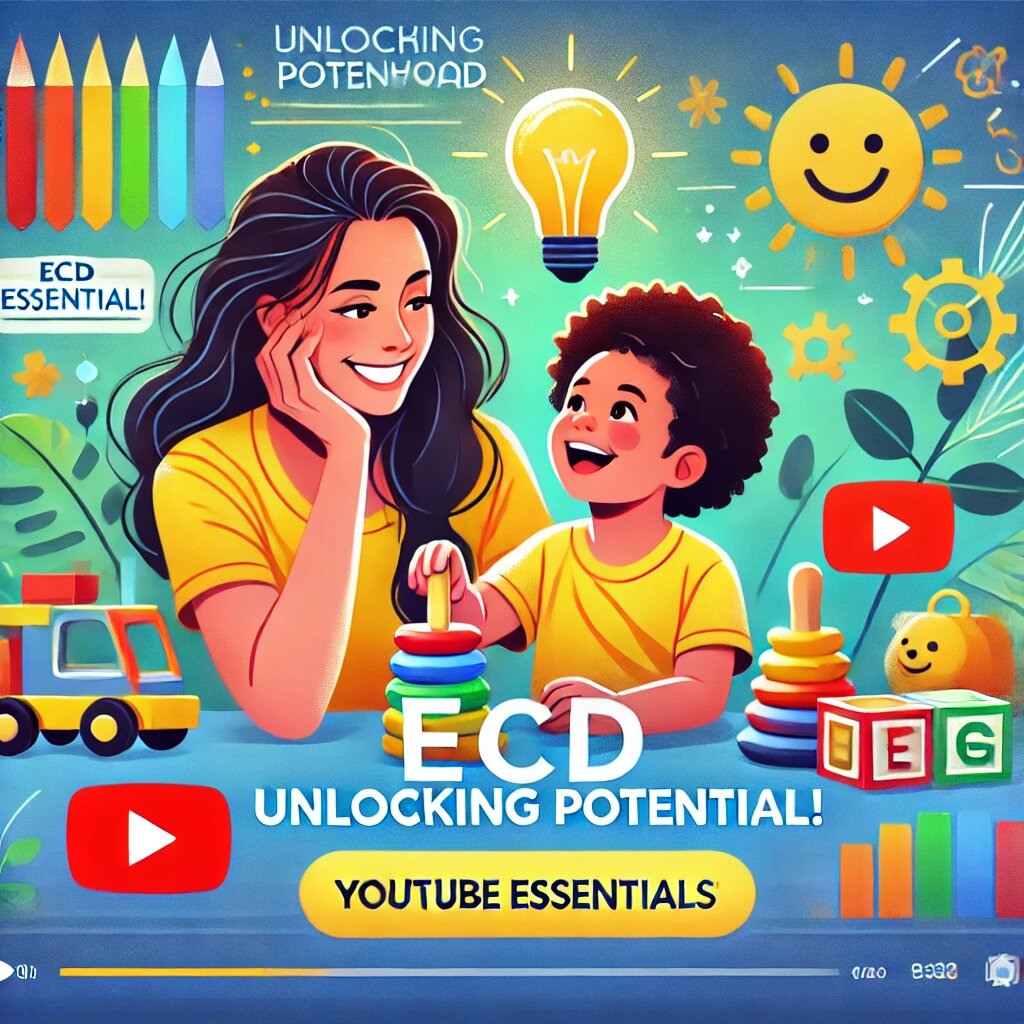The early childhood is the curious tenure where the relationship between child and parent is very critical. A playfulness approach using joy, creativity, and interactive play strengthens the attachment with parents. This post convey you the techniques and information on how to adapt playfulness approach.

Table of Content
- The Role of Playfulness in Parent-Child Attachment
- Key Elements of a Playfulness Approach
- Practical Ways to Use Playfulness in Strengthening Attachment
- Conclusion
The playfulness approach in early childhood can create the environment with joy, creativity, and interactive play. Having these initiatives strengthens the attachment with parent, fostering emotional security, trust, and social development. By engaging in playful interactions, parents can deepen their connection with their children while supporting their overall well-being.
The Role of Playfulness Approach in Parent-Child Attachment
Playfulness nurtures a secure attachment by creating positive, emotionally enriching experiences. Some key benefits include:
- Building Emotional Security: Consistent, warm, and joyful play interactions reassure children of their parents’ love and support.
- Enhancing Communication: Playful activities provide opportunities for verbal and non-verbal communication, strengthening understanding between parent and child.
- Reducing Stress and Anxiety: Laughter and playful engagement help children manage emotions and develop coping skills.
- Encouraging Exploration and Independence: A secure attachment, fostered through play, allows children to feel safe while exploring new experiences.
Key Elements of a Playfulness Approach
Parents can use a playfulness approach to create strong bonds with their children through:
- Responsive and Attuned Play: While parent is responsive playmates and response to the cues rendered by child strengthen the emotional security of the child.
- Imaginative and Creative Engagement: Engagement with child through storytelling, pretend play, and role-playing initiate creativity and enjoyment both way.
- Physical Play and Affection: Activities like tickling, hugging, or rough-and-tumble play enhance physical closeness and trust.
- Humor and Spontaneity: Laughing together fosters joy and a positive parent-child relationship.
- Shared Problem-Solving Activities: Games that require teamwork strengthen collaboration and trust. If you want to learn more, Click here.
Practical Ways to Use Playfulness Approach in Strengthening Attachment
Parents can incorporate playfulness into daily interactions through:
- Special Playtime: Setting aside dedicated time for one-on-one, child-led play.
- Interactive Storytelling: Using voices, gestures, and expressions to make storytelling engaging.
- Routine Playfulness: Making everyday activities, like getting dressed or mealtime, fun and interactive.
- Encouraging Open-Ended Play: Parent should convey the play materials and opportunity to play that enhance imagination and creativity.
- Using Play to Navigate Emotions: Helping children process feelings through role-play and expressive activities.
Conclusion on Playfulness Approach
A playfulness approach enhances parent-child attachment by fostering emotional connection, trust, and joy. Through interactive and responsive play, parents create meaningful bonds that support their child’s emotional and social development. Prioritizing playfulness in everyday interactions ensures a loving and secure relationship, setting the foundation for a child’s lifelong emotional well-being. If you need more information, Click here.
Pingback: Some Examples of Play: The Source of Stimulation – ECD Explorer
Pingback: Child Development How Alluring Play Add Significance 2025 - ECD Explorer
Pingback: How Alluring Play Contributes to Child Development - ECD Explorer